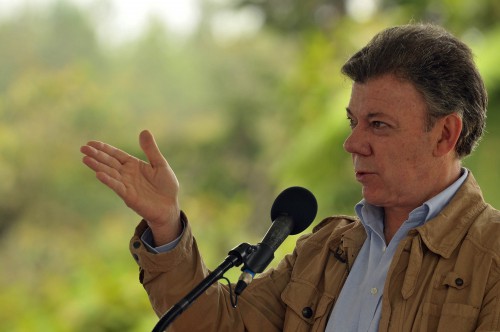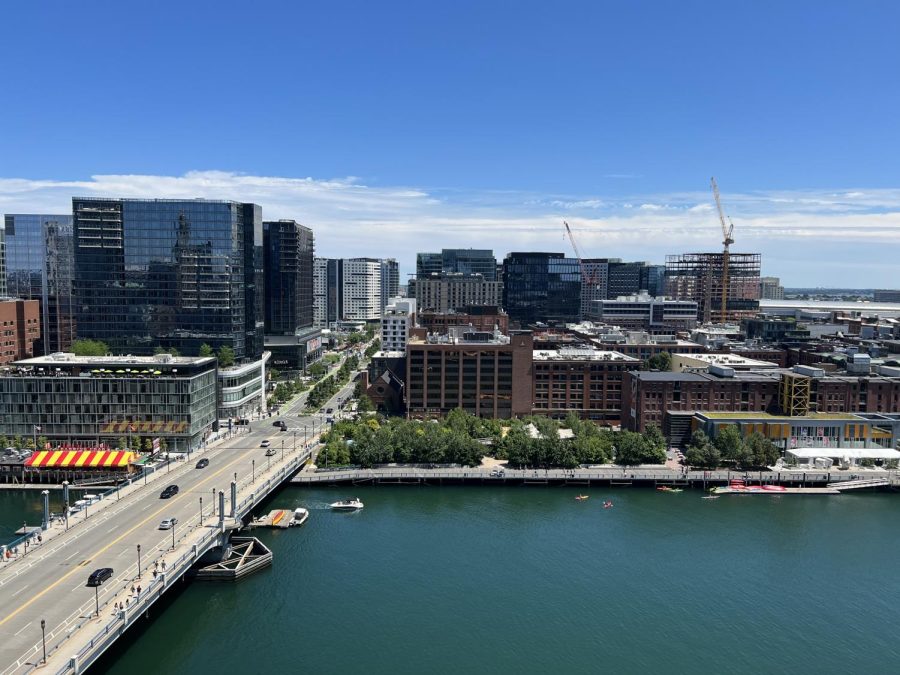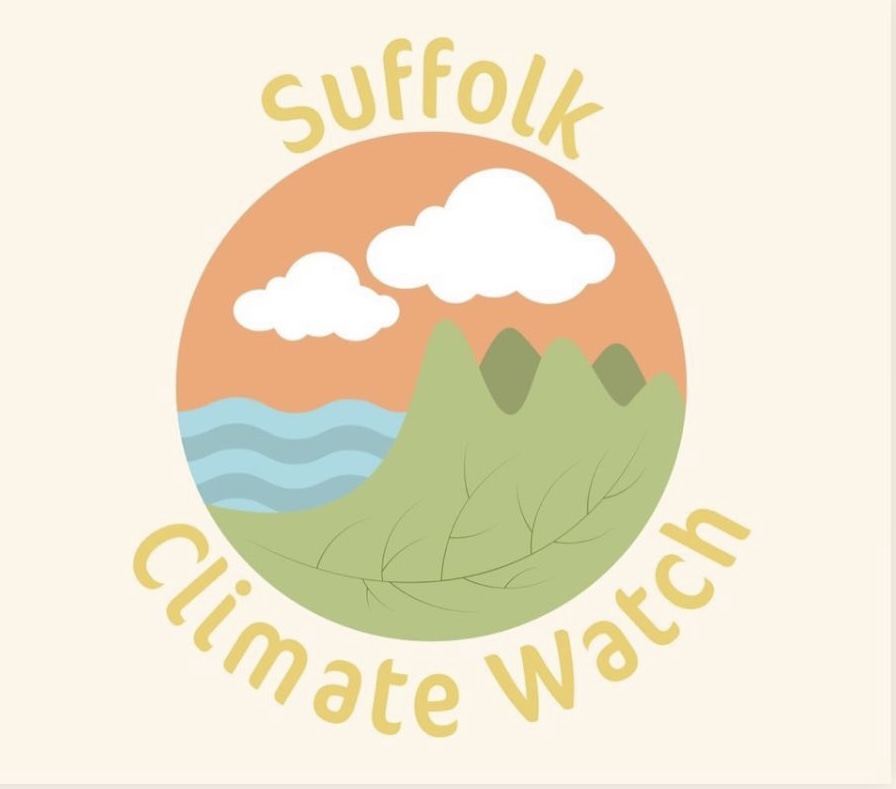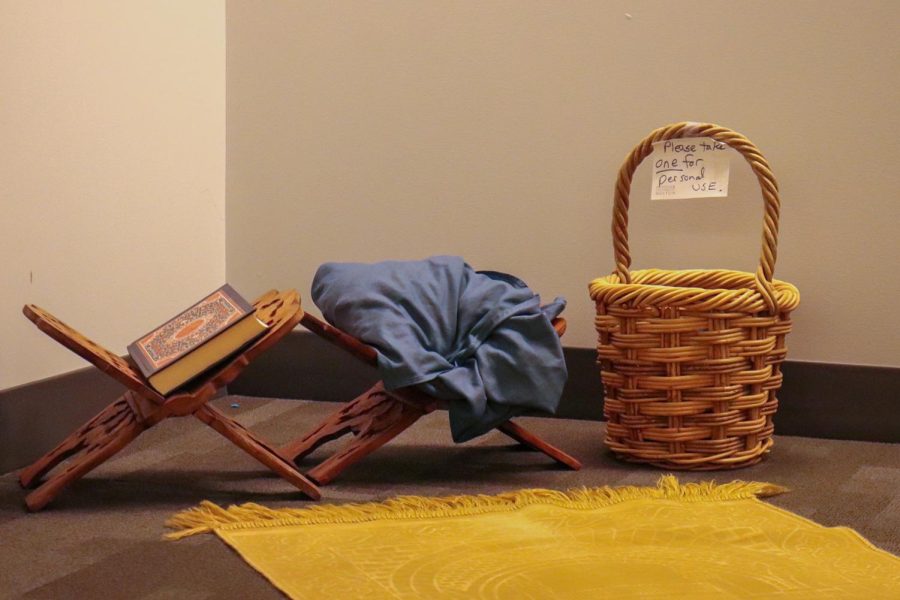Since November, Colombian officials have been negotiating terms for peace with representatives from the country’s most violent and powerful rebel group, the FARC. Officials from both parties have addressed and agreed on one pivotal point of the peace talks, and that is land reform. This milestone achievement has been long-awaited since the formation of the FARC in 1964 and the period of violence that ensued.
The mutual agreement consists of fair access to land and development of the rural areas of Colombia. Also, a land bank is to be established as a means to reallocate land fairly, including areas that were seized illegally during the period of conflict.
It is important to understand, however, that this is the first agreement among many grievances to be addressed. Peace talks will resume on June 11, to discuss how the rebel faction will participate in the Colombian political process.

The violent activities of the leftist-rebel group have been long undesired within the country. What started off as a reaction to the U.S.’s imperialist foreign policies during the mid-1900s quickly became an armed struggle within the country. At its strongest point, in the early 2000s, figures for the number of members in the FARC were estimated at a whopping 18,000 people. However this figure in recent years has dropped to approximately 8,000 due to the efforts of past president Álvaro Uribe and interim president Juan Manuel Santos.
FARC, as an organization, has primarily been funded through means such as kidnappings for ransoms, gold mining, and the production and distribution of illegal drugs. Another rebel group with a similar Marxist-based ideology is the ELN who have been held responsible of similar crimes and have a standing force of about 4,000.
It was the growth of such groups as FARC and the ELN that led to the funding of right-wing paramilitary groups to combat left-wing ideology in the country. This premature decision created the ongoing armed conflict between paramilitary groups and rebel factions that surged in the ‘80s, ‘90s, and early 2000s. Military campaigns on behalf of the Colombian government have really weakened the FARC and ELN. Today, the paramilitary groups continue to be armed and are also responsible for numerous human rights violations.
In retrospect, the Colombian government probably thought that it was the right idea to arm paramilitaries to counter rebel groups at the time. But the situation spiraled out of control by this action and the interim acting government must now deal with the consequences.
Negotiations with FARC may be a step in the right direction, but there are still many problems to address. If and after negotiations are completed with the FARC how will the government address other left-wing groups such as the ELN? How will the Colombian government approach the right-wing paramilitary groups whom they armed and funded? Previous attempts at peace talks in Havana have dissolved between FARC and the Colombian government in past years, but hopefully this is not the case this time around.





